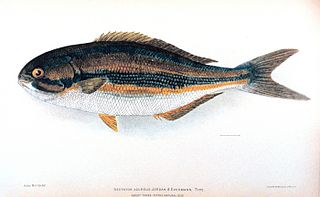The purpose of this redirect is currently being discussed by the Wikipedia community. The outcome of the discussion may result in a change of this page, or possibly its deletion in accordance with Wikipedia's deletion policy. Please share your thoughts on the matter at this redirect's entry on the Redirects for discussion page. Click on the link below to go to the current destination page. Please notify the good-faith creator and any main contributors of the redirect by placing {{ subst:Rfd notice |Karstarma boholano}}~~~~ on their talk page. |
This title is currently a redirect to Karstarma; click there to go to the current target. The full content of this redirect page, including all redirect categories, is displayed below. |
#REDIRECT Karstarma
- From a species to a genus : This is a redirect from a taxon's full binomial name (genus & species) to the taxon's higher level genus. Note that the practice of creating redirects from species names that could be articles is strongly discouraged.
- Also use {{ R to monotypic taxon }} when redirecting to a monotypic genus.
- Use {{ R taxon with possibilities }} for redirects that could potentially be expanded into their own articles.
- From an animal with possibilities : This is a redirect from an animal-related title that could potentially be expanded into an article. A redirect that employs this template will usually be a generally accepted species name that targets an article about a genus (or higher taxon).
- For guidance on how to start a new page from a section, please see Wikipedia:Summary style. It is important that the topic is notable in accordance with the guideline, and that the article is structured in line with the manual of style; otherwise, there is a possibility that the article will be re-merged and turned back into a redirect.
- Do not replace these redirected links with piped links.


